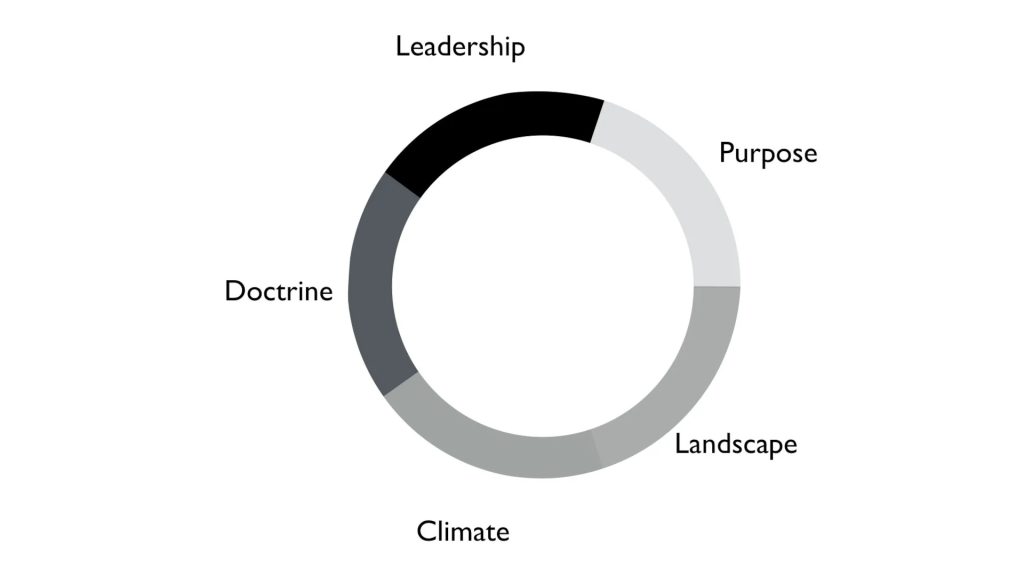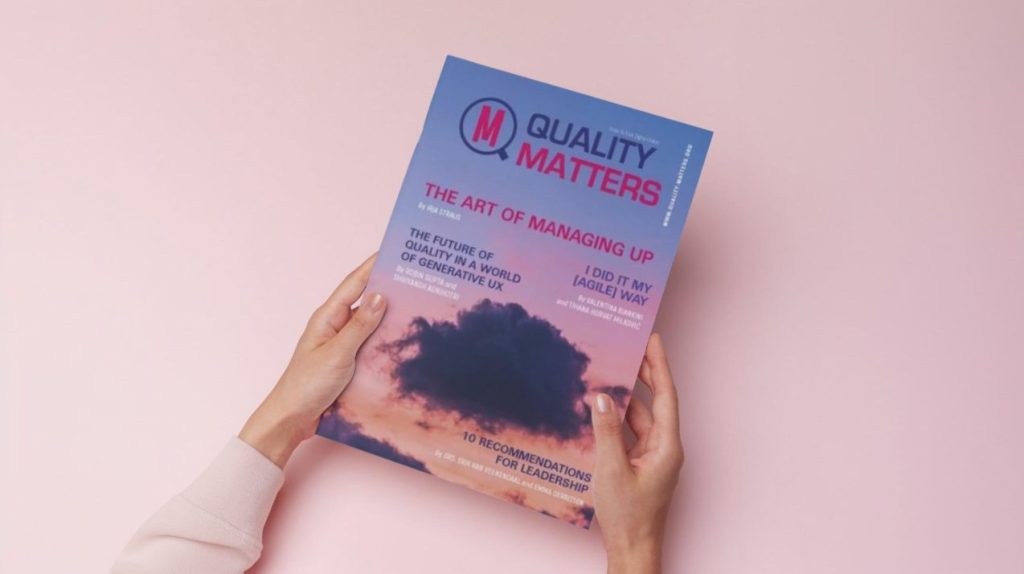One of the important activities in the life of an agile coach, among many others, is observation and feedback. When talking about observation we can go into immense depths into the subject matter, but the first step towards increasing the quality of your observation – which I recommend to everyone – is to get acquainted with the term „cognitive bias“. Cognitive biases are inherent to all living people, and we all „suffer“ from them. Generally speaking, cognitive bias is a „systematic pattern of deviation from norm or rationality in judgment, whereby inferences about other people and situations may be drawn in an illogical fashion“ – quote Wikipedia.
Cognitive bias is, as we said – inherent to all living people, because Mother Nature took care of that. How come? Well, try to imagine the following scenario. It’s a bright sunny day in African savanna, and you are searching for food. Passing by a thicket you hear a strong rustle. Will you stop by and look into what’s causing it? Or, if you see a venomous snake crawling out of a bush – will you consider that bush safe to harvest for berries or roots? One doesn’t have to think hard to see that Mother Nature imprinted the answers to those questions in our brains. They kept us from going extinct so we better thank her.
But when we start to talk about our everyday business situations, Mother Nature quite often is one of our worst enemies. Every now and then she activates various biases that hinder objectivity and quality of our decisions and conclusions. There are many of them, science has studied them in depth and confirmed their existence so let’s take a look at some of the most popular:
- fundamental attribution error – a bias that causes us to attribute someone’s behavior to their disposition rather than the context that they’re in
- anchoring bias – causes our thought process to be based on the first thing we hear, related to some new situation or problem – i.e. first impression when meeting a person
- confirmation bias – we are inclined to interpret new information, sometimes even contradictory, to support our belief and attitudes
- projection bias – we like to think that others will exhibit behavior similar to ours, even when there’s no objective reason for that
- representatives – a bias that causes us to predict future outcomes based on some similar situation, but which is more or less complicated and therefore a bad forecaster
- blind spot bias – we consider ourselves less prone to biases than other people
As we’ve said earlier, these are just some of the biases, for further reading run a Google search with keywords „cognitive bias“, grab a bag of peanuts or popcorn and enjoy.
Anyway, let’s get back to our role of an agile coach and see how biases are affecting our work. First and foremost, before any interaction with the client we should make ourselves aware that we are susceptible to biases. What I’ve found working for me is to remind myself of the former 6 biases. They’re not hard to remember, and it’s always fun to come back to them. 1, 2, 3, 4, 5, 6. No point in crying about something Mother Nature endowed you with. During observation I’m making myself aware that my thought process is made of observation and judgement, and those are two very different activities for the brain. So I’m working to make them distinct, and be aware when I’m in a anthropologist role, and when I’m in a judging or concluding role. Furthermore, when I’m deciding I’m frequently double checking myself with questions such as „what data do you have to support that? “. To a client that may seem that I’m looking for a „politically correct“ answer but as a coach I cannot allow myself to jump to wrong conclusions. That is harmful for the client and our relationship, which is the exact opposite of what the coach should be doing.
Ok, now that we have gathered a pile of observations we may ask ourselves – what do we do with them? There are quite a few options but ones that I consider the most vital are:
- give feedback if the client asks for it
- form hypothesis and test them; i.e. give the problem some structure and work with that – tools like lean A3 can be very helpful
- clarify the observations with the client if there is any need, confirm them or discard them
Feedback
As one of the main tools for improvement, feedback is an immensely useful thing. It gives new perspectives, opens new doors, reveals hidden potential and makes paths towards new knowledge – if used properly. So, a few golden rules:
- Give it only when the other side is ready to receive it. We as coaches can offer it, but if the client is not ready to receive it we shouldn’t push it – the act itself will not produce any positive effects and it will only hinder trust in the coaching relationship
- no matter to who the feedback is given – to a group or an individual – a coach always has to think about the time and place to give it
- feedback is the most effective when given in a constructive and positive tone
- Some caution is required with regard to content – it’s much more effective when feedback is given in a depersonalized form, regarding to a certain piece of work or a delivered result – in opposed to giving feedback to a person’s trait or character. Borders between the two are thin but they most certainly exist, and person giving the feedback must be well aware of them, to deliver the effect a client is asking for.
During formulation of the feedback, we as coaches see quite a few improvements a client can make. Sometimes we see a dozen or more of them. What is key in that moment is not to „dump“ all of them onto the client, but to identify the most important or the most appropriate one, and work with that only. Why only the first one? Don’t we want the client to improve more and faster? Why hide improvements? The reason is simple: when a client takes that one step forward, who knows what the next steps are going to be. The way forward may completely change, so let’s not bother ourselves and the client with something that may never come. So, although coaches try to approach the improvements with some structure, the owner of the change and improvement is always the client. The way forward can (and most likely will) change over time, and we as coaches must be open to that.
When receiving feedback there are also some general guidelines
- don’t criticize feedback and don’t argue over it
- feel free to ask clarifying questions
- feedback is a gift
Workshop
On the workshop itself we had fun by assembling a small team and performing an initial Scrum refinement meeting for a product the team brainstormed. Then we talked a bit about cognitive biases, how and when to give feedback, to conclude with the practical example of giving it to the team. A great amount of questions and debate confirmed that the workshop was interesting and useful to all participants.
Falls Sie Fragen haben, sind wir nur einen Klick entfernt.



